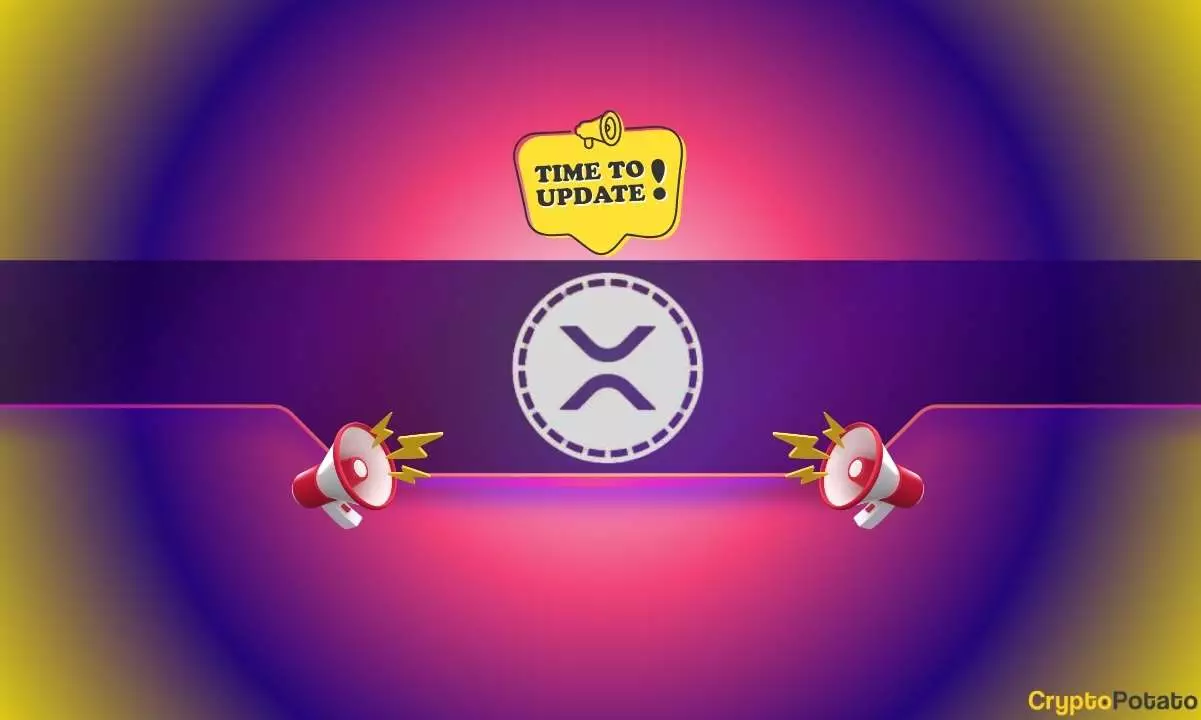Ripple, a significant player in the blockchain industry, is making waves with its upcoming stablecoin, RLUSD. This digital currency, pegged 1:1 to the US dollar, aims to enhance the stability and functionality of cryptocurrencies in a market that has seen both rapid growth and volatility. Currently in beta testing, the launch of RLUSD awaits crucial regulatory approval. As Ripple continues to work towards its introduction, the anticipation surrounding this stablecoin has generated significant interest—both from investors and regulators alike.
To bolster its launch strategy, Ripple has partnered with several well-known exchanges, including Bitstamp, Bitso, and Uphold, among others. These partnerships are intended to facilitate the buying and trading of RLUSD, increasing its accessibility and adoption. By selecting established exchanges, Ripple aims to ensure that users have a seamless experience when integrating RLUSD into their trading activities. These alliances could potentially play a pivotal role in the stablecoin’s market penetration and success.
According to Ripple’s president, Monica Long, the company is “operationally ready” to roll out RLUSD, pending the approval from the New York Department of Financial Services (NYDFS). Long emphasized that the future of RLUSD is in the hands of regulators, as they review Ripple’s trust application. The regulatory landscape surrounding cryptocurrencies is complex, with many industry participants advocating for clear guidelines. The fate of RLUSD—and by extension, Ripple’s ambitions in the stablecoin market—rests on the outcomes of these regulatory reviews, which can either pave the way for growth or pose significant challenges.
Long’s recent insights indicate a positive outlook for the stablecoin market, predicting a market cap surge from $180 billion to an impressive $3 trillion within a few years. This growth potential is partly attributable to increasing demand for stablecoins in various financial applications, including payments and remittances. The concept of de-dollarization is also worth noting, where the future landscape may see stablecoins pegged to other fiat currencies beyond the US dollar, reflecting a diversification in the stablecoin ecosystem.
Stablecoins serve to reduce volatility, making them a crucial aspect of the cryptocurrency world. Their value is commonly tied to established assets like fiat currencies or commodities, aiming to provide a reliable means of transferring value. The current landscape is dominated by Tether (USDT) and Circle’s USDC, with USDT currently reigning as the market leader. As more projects like RLUSD enter the space, the competition is bound to intensify, raising the stakes for all involved parties.
The introduction of Ripple’s RLUSD has the potential to reshape the stablecoin market significantly. With strategic partnerships and operational readiness on its side, the stablecoin could offer a viable alternative to existing competitors. However, the dependency on regulatory approval remains a critical factor that will determine RLUSD’s journey. As the crypto landscape continues to evolve, the successful launch of RLUSD could signify not just Ripple’s commitment to innovation but also the broader acceptance of stablecoins in everyday transactions.

